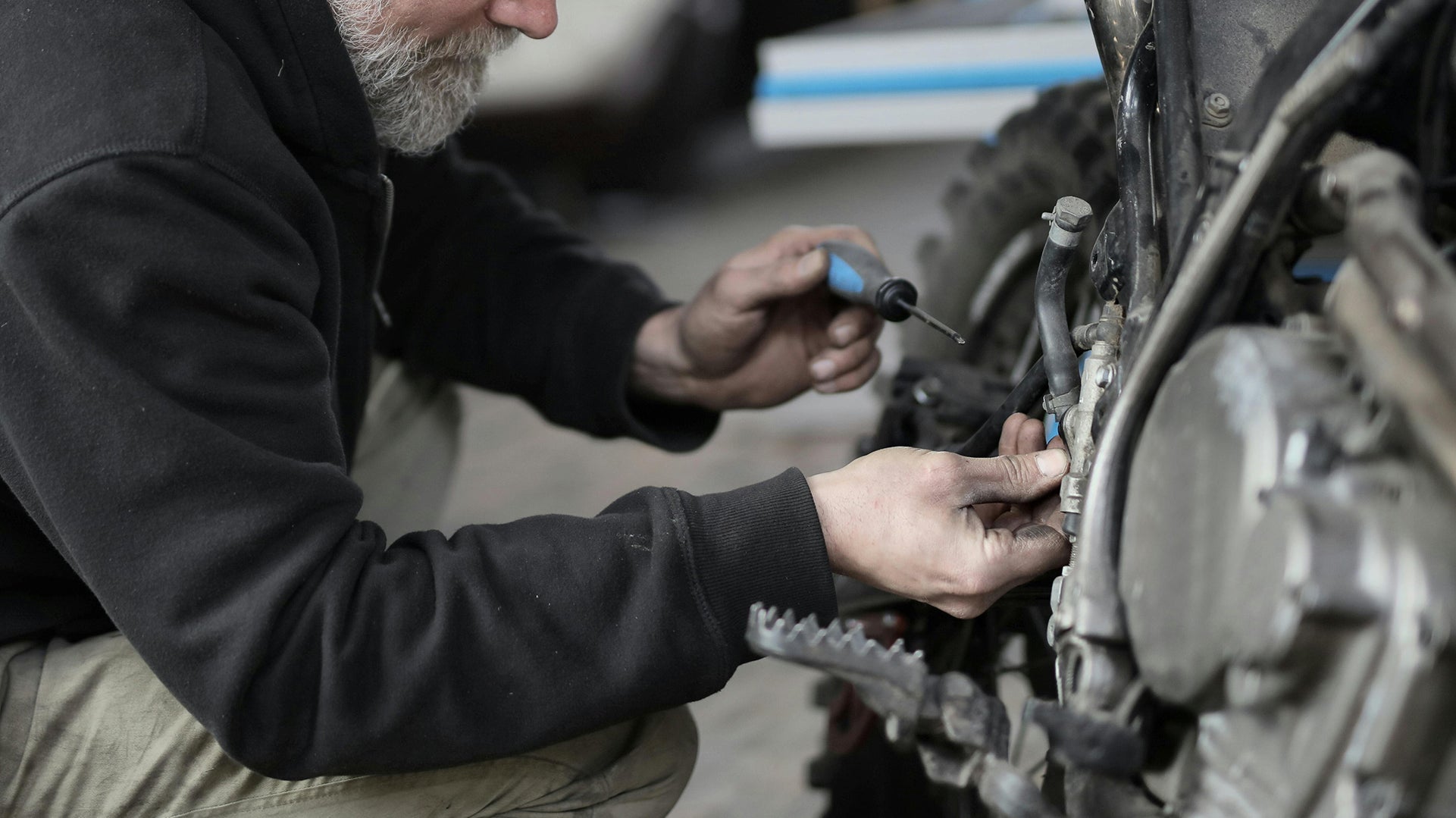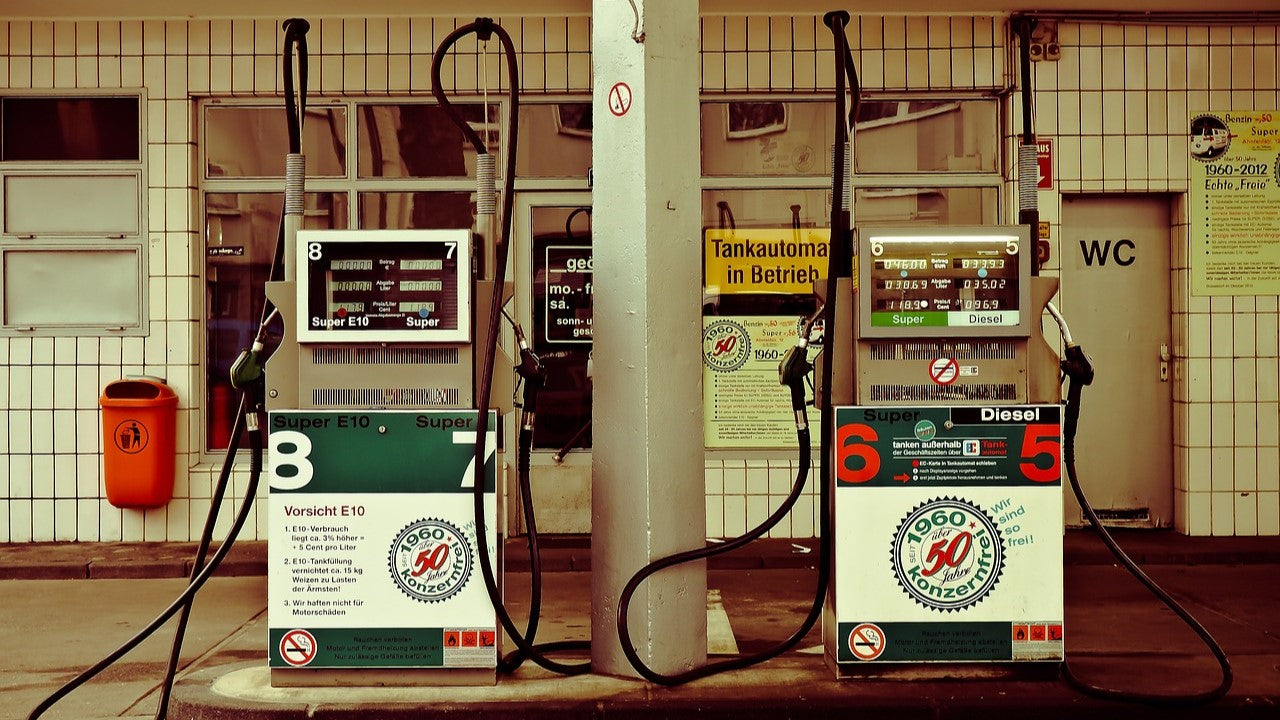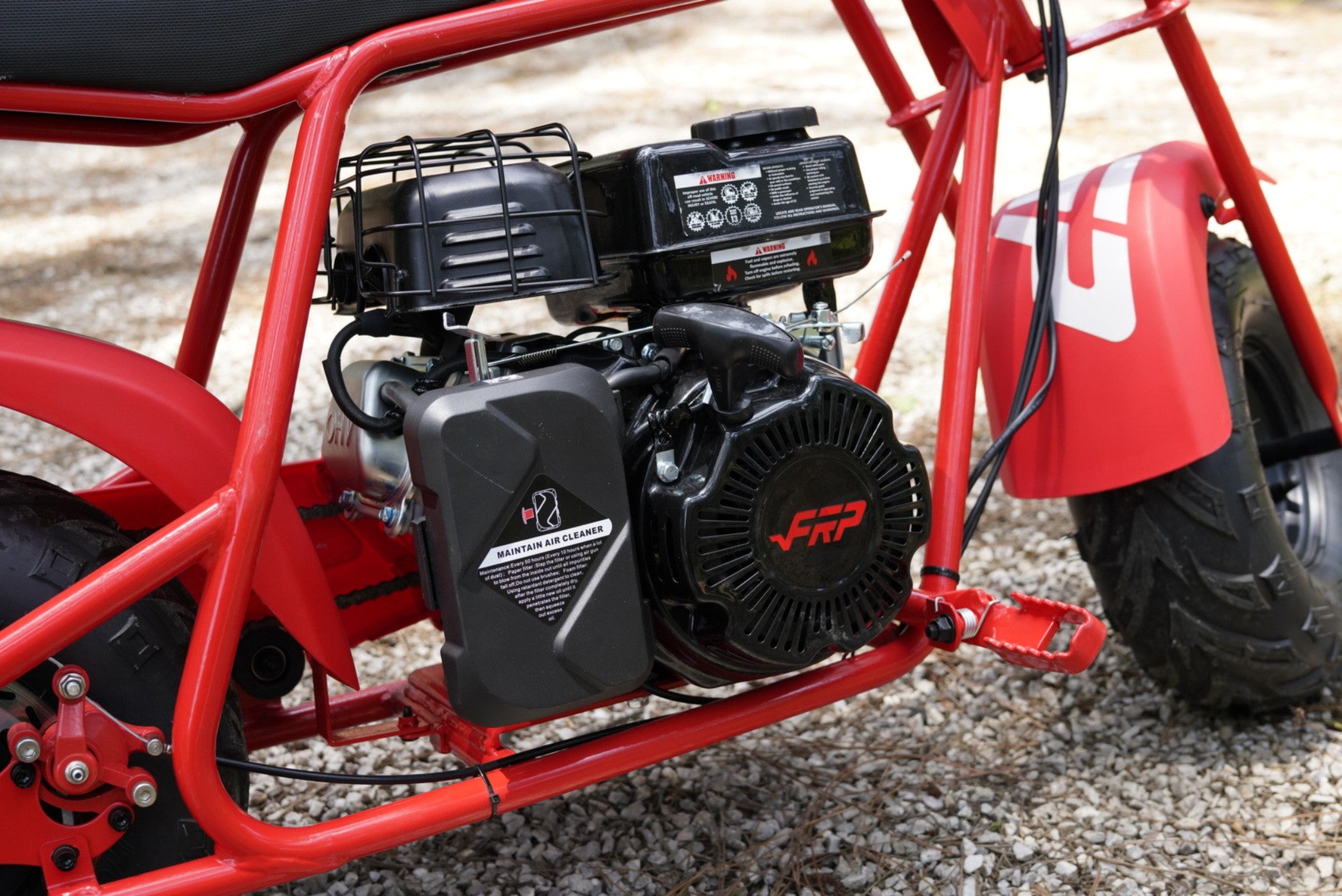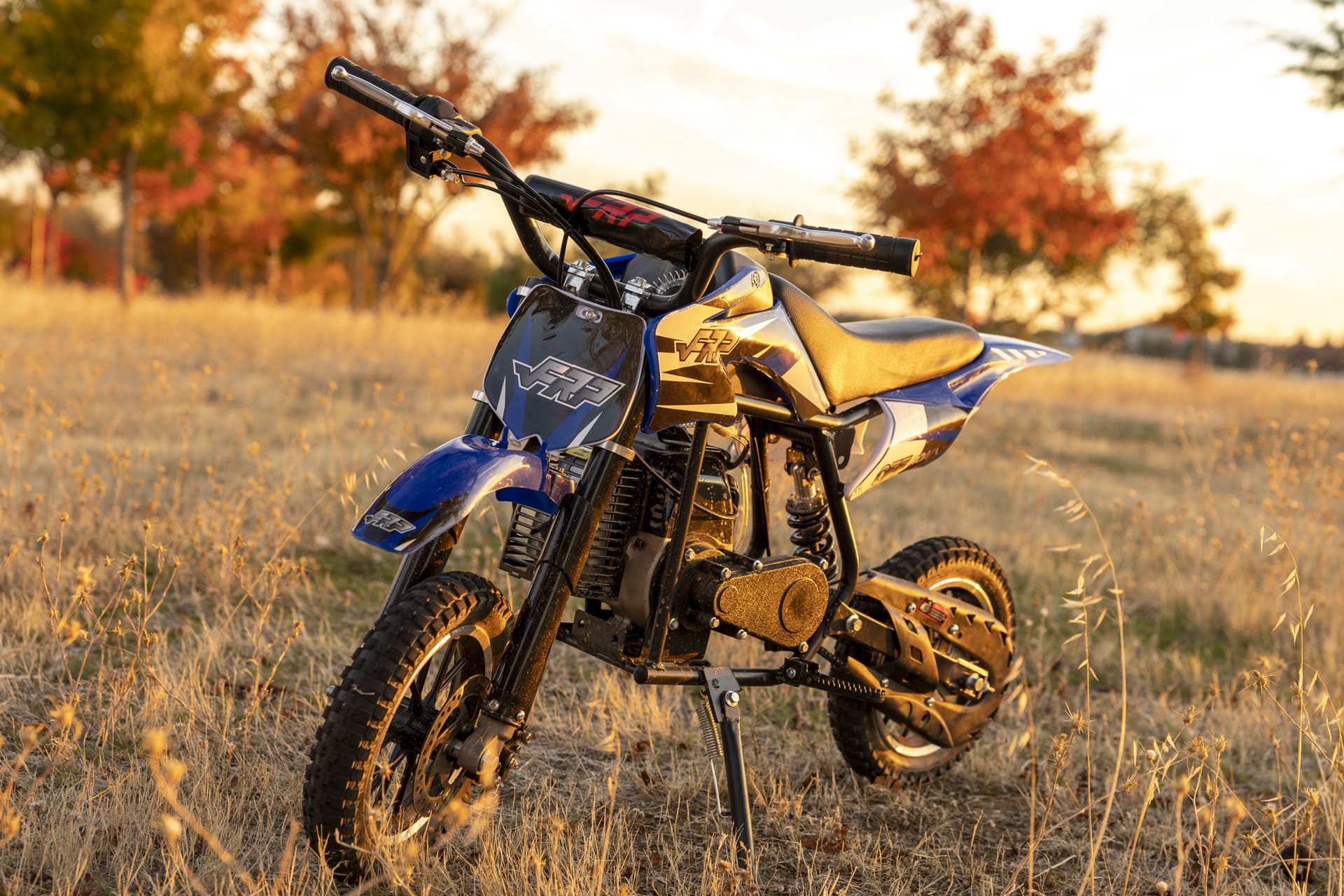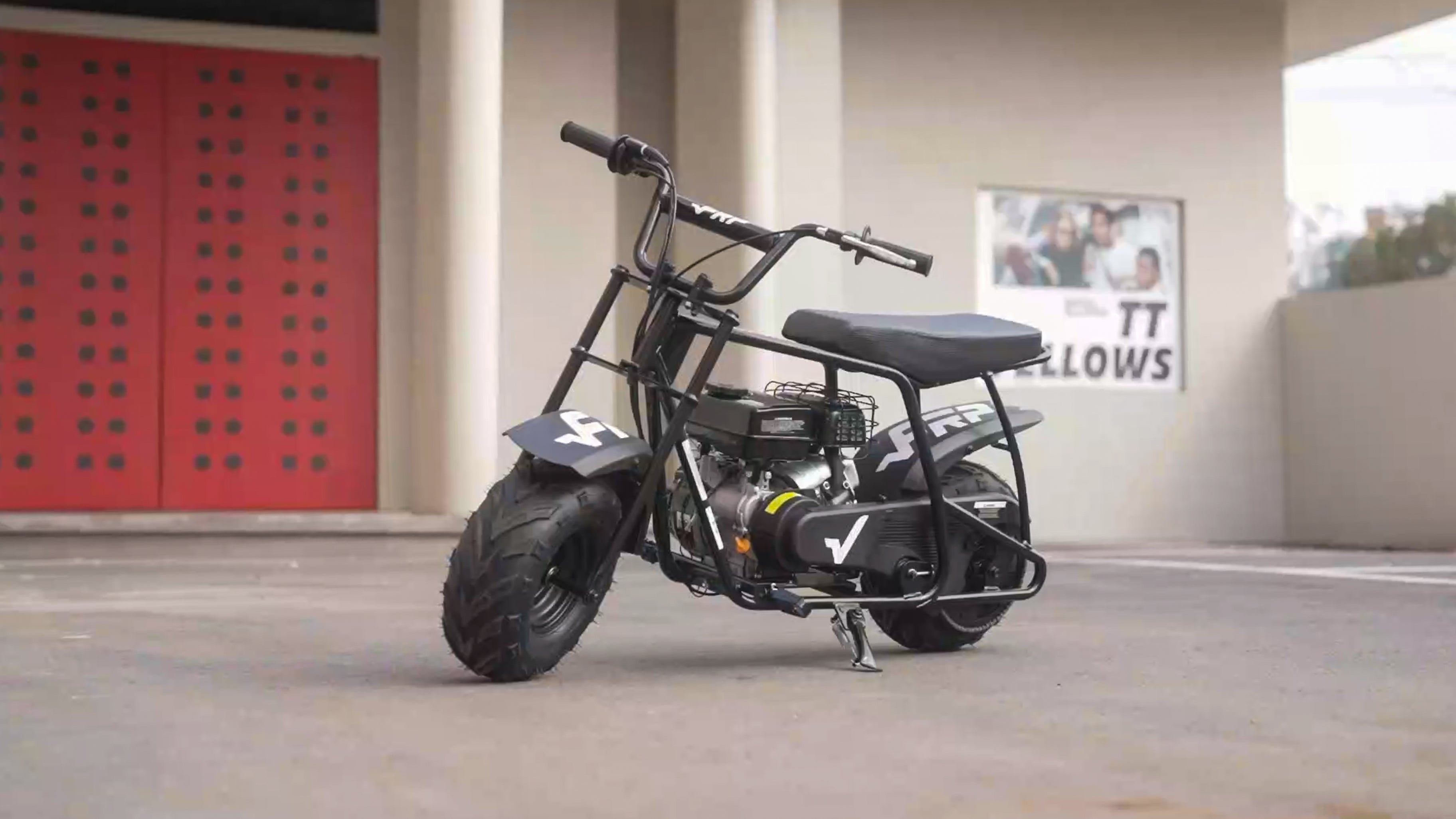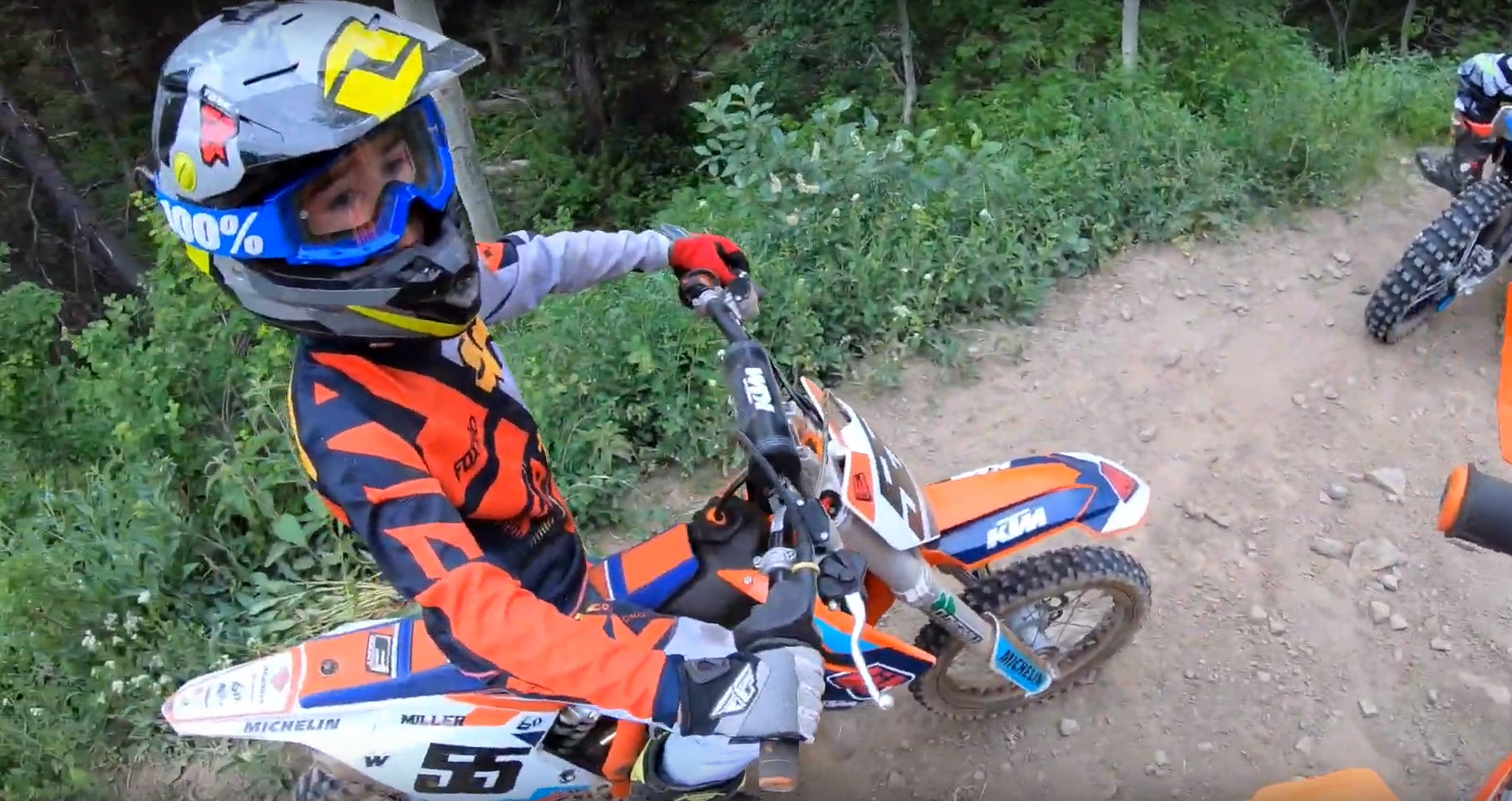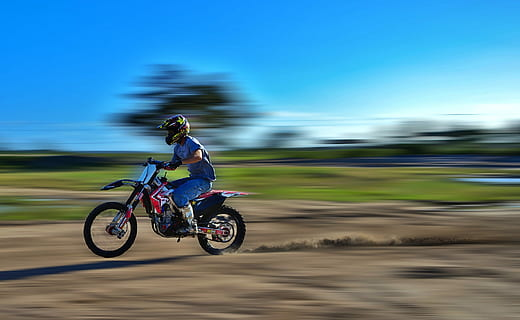Mini bikes are fun for outdoor adventures and thrills. Whether you’re a beginner or experienced rider, knowing how mini bikes work is important for a smooth and safe ride. This guide will cover the basics of mini bike mechanics, explore different engine types, and give simple maintenance tips to keep your bike in great shape.
Mini Bike Basics
Mini bikes come in different types, like gas-powered and electric models. They have several key parts that work together to make them go and stop:
Key Components
1. Frame and Suspension: The frame is like the skeleton of the mini bike, holding important parts like the engine and transmission. The suspension system helps absorb bumps for a smoother ride.
2. Engine Types: Mini bikes have different engines, such as 99cc and 4-stroke engines. These engines vary in power and efficiency, which affects how the bike performs and what kind of care it needs.

3. Transmission and Gearing: Mini bikes usually have simple transmissions that send power from the engine to the wheels. You can change gears to fit different riding styles, affecting how fast and smooth the bike goes.
4. Brakes and Throttle System: Brakes help you stop safely, which is important for riding on different surfaces. The throttle controls how fast the engine runs and how quickly the bike accelerates.
Understanding Mini Bike Engines
One important part of mini bike mechanics is knowing about the engines:
Engine Displacement
50cc Mini Bike Engines: These are common in lightweight mini bikes, often used by beginners or kids. They are not very powerful but are good on gas, making them great for short rides around town.
99cc Mini Bike Engines: These engines are more powerful and fuel-efficient, making them popular with many riders. It’s important to do regular maintenance like oil changes and checking spark plugs.
Engine Stroke
2-Stroke Mini Bike Engines: These engines are light and give more power, which is great for racing or quick acceleration. But they are noisier and use more gas than 4-stroke engines.
4-Stroke Mini Bike Engines: These engines are reliable and run smoothly. They use less gas and are quieter, making them good for everyday rides and longer trips. Regularly check and adjust valves and oil levels to keep them running well.
Common Issues and Solutions
Even if you take good care of your mini bike, problems can still happen:
- Starting Problems: Make sure there’s enough fuel and check that the choke is set right.
- Brake Adjustments: Regularly check and adjust brake pads and brake fluid levels to ensure safe stopping.
- Chain and Sprocket Maintenance: Keep the chain lubricated and check the sprockets to prevent the chain from slipping.
Improving Performance and Customization
You can make your mini bike even better with some upgrades:
- Upgrading Engine Parts: Add performance parts like better exhaust systems or carburetors for more power and efficiency.
- Suspension Adjustments: Adjust the suspension for better handling on different surfaces.
- Aesthetic Customization: Customize your mini bike with cool decals or paint without affecting how it works.
Safety Tips and Rules
Safety is very important when riding a mini bike:
- Wear Proper Safety Gear: Always wear a helmet, gloves, and strong shoes.
- Follow Local Rules: Follow local laws about mini bike use, including age limits and where you can ride.
Conclusion
Mastering mini bike mechanics means understanding the parts and how they work together. With the right knowledge and care, you can enjoy many fun and safe rides. Follow these tips to keep your mini bike in top condition.
For more information on gas mini bikes and accessories, visit FRP Moto.

